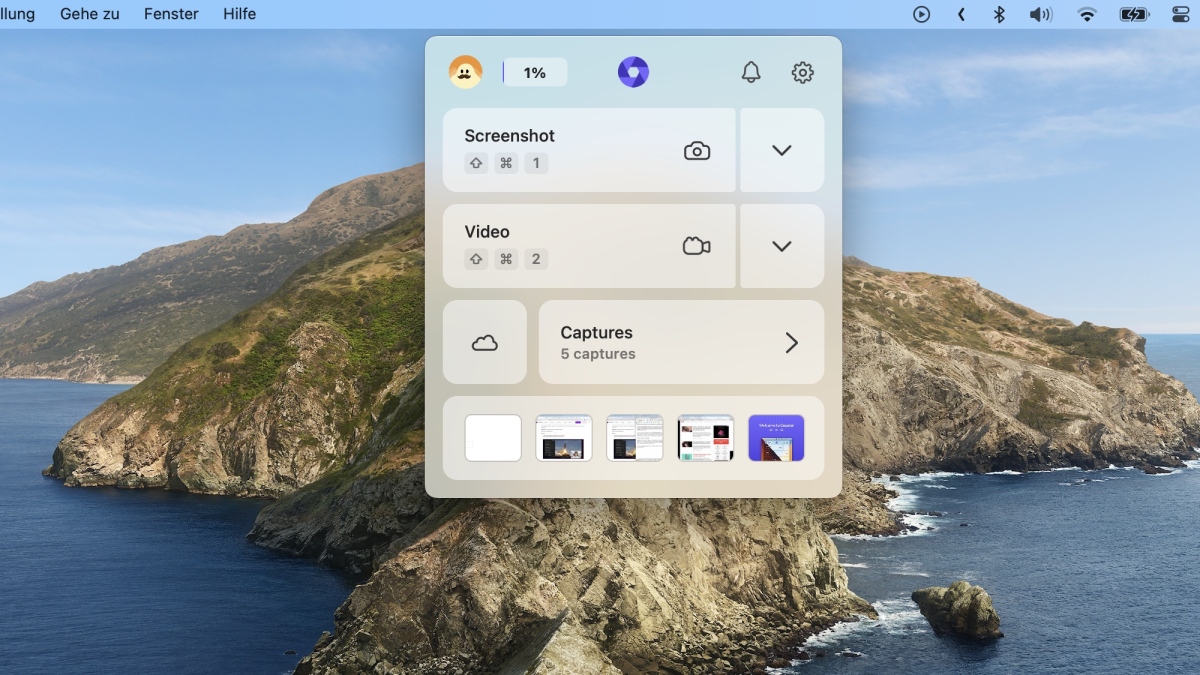New technologies in construction: what awaits you [Anzeige]
Although construction is one of the oldest industries in the world, it is also one of the most modern. With increasing pressure from legislation, competition and the market, companies in the construction sector are constantly striving to make processes more efficient. We introduce you to some new technologies that will have a particularly strong impact on construction in the coming years.
Contents
3D printing
An interesting and promising solution for the construction industry is 3D printing. Although this technology has been around for a number of years, its practical use in the construction sector has only recently been properly recognized. Many modern construction companies are realizing that 3D printing is more than just a gimmick and are already actively using the technology.
Especially together with other applications such as CNC milling, 3D printing offers important advantages in the field of prefabricated houses and building services. 3D printers can also create intricate components down to the millimeter without using a lot of materials or time.
The production of elements from the 3D printer is faster, more precise and more resource-efficient than was the case with previous technologies. In addition, there are already the first prototypes of houses that were produced as a whole using the 3D printing process.
drones
Drones are small, remote-controlled or semi-autonomous flying objects. Commercially used drones usually consist of a missile, several propellers and a camera that is mounted under the missile. The possible uses of these flying helpers are very extensive, which is why drones have also established themselves in the construction industry over the past few years.
Especially when it is difficult, expensive or dangerous for people to explore the site or a construction site themselves, this task is taken over by drones. Examples of this are work on buildings that are in danger of collapsing, buildings in challenging terrain or very large and confusing construction projects.
In addition to surveying construction sites or the site, monitoring the construction progress and inspecting the construction process, drones are also used for visualization for marketing purposes.
The role of drones in the digitization of the construction industry should not be underestimated. Around 20 percent of all construction companies now use this technology. Tendency still rising.
construction software
One of the most important and popular modern technologies in construction is construction software. Construction software are professional computer programs and apps that are specifically programmed for various tasks in the construction sector. Good construction software offers the following functions, among others: task assignment, due diligence, defect management, inventories, a digital construction diary and much more.
Thanks to the clear documentation of facts during construction and the smooth transmission of information to employees and project participants, construction software helps to make construction work more efficient, more cost-saving and less error-prone.
The future potential of construction software is huge. However, the potential of such applications is already being used today. For example, surveys show that users can save up to seven hours a week working time with software and apps, depending on the area of application.
It is therefore not surprising that the use of construction software in the industry has increased significantly and is now part of the daily business of many construction companies.
virtual reality
The innovative technology of virtual reality, in short, also gained a lot of popularity in the fields of architecture and construction VR. With this technology, a real world is simulated with the help of so-called VR glasses. The wearer of the glasses looks at two lenses, behind which the screen is located. When the viewer turns their head, the imaging rotates with them, simulating a real environment.
Virtual reality is not only suitable for video games or entertainment, but also for industries such as construction. For example, site managers can track the progress of work, architects can test the feasibility of new designs and complex structures can be clarified virtually “on site”.
As with drones, VR is also ideal for marketing houses, apartments and other properties. With the technology, potential buyers can imagine what the building looks like, even if there is no showroom and the properties are not yet finished. According to several studies, this has a positive influence on the purchase decision of prospective customers.
Modern building materials
Although modern and new building materials do not directly promote the industry in digitization, they still belong in the category of new technologies in construction. The activity of building itself is dependent on technical progress. This will also remain so in the future, which is why it is never too early to open up to new building materials.
The advantages of such materials are manifold. In most cases, for example, they have special abilities, are very inexpensive, environmentally friendly, easy to use and energy-efficient to manufacture. Some high-tech building materials, for example, are particularly good at storing heat, renewing themselves or improving air quality.
Construction companies benefit from these materials by beginning to gain experience with the relevant materials at an early stage and to use them in day-to-day construction work.
New technologies on the construction site: conclusion
New technologies and innovation are the basis for the progress of the construction industry. Thanks to applications such as 3D printing, drones, construction software, virtual reality and modern building materials, construction companies can assert themselves in the market and remain competitive in the long term.
New technologies also help to make construction more efficient, resource-friendly and environmentally friendly.



